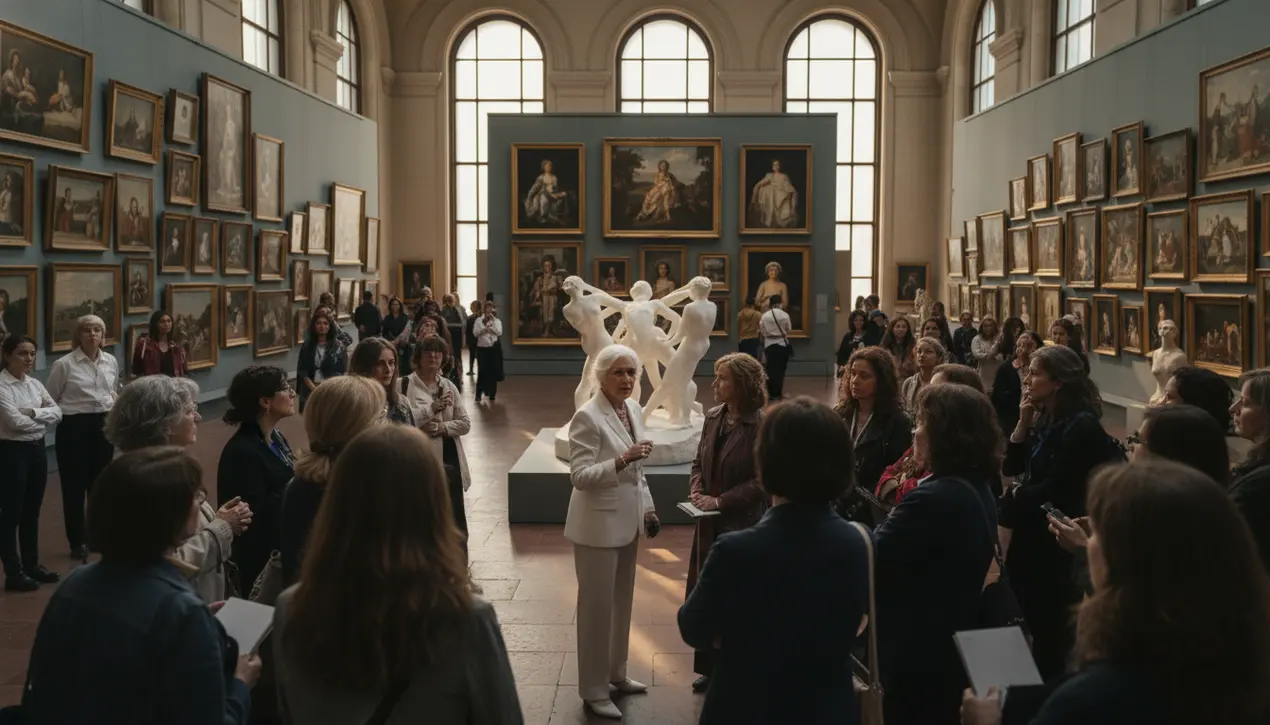
Entertainmenttheatre & artsArt Exhibitions
The Necessity of All-Woman Art Exhibitions Today.
AN
Anna Wright
2 hours ago7 min read1 comments
The perennial question of whether the art world still requires the deliberate curation of all-woman exhibitions is not merely an academic exercise; it is a profound inquiry into the very structures of power, recognition, and historical erasure that continue to shape our cultural landscape. Alison M.Gingeras, an American curator and writer of formidable ambition, recently plunged into this debate with a project of staggering scope—a gathering of 500 years of women artists. This is not a gentle retrospective but a forceful argument, a corrective to centuries of systemic exclusion where the contributions of women were relegated to footnotes or, worse, outright forgotten.To ask if such shows are still necessary is to ignore the persistent, glaring inequities in major museum acquisitions, blockbuster solo exhibitions, and the astronomical auction prices that still overwhelmingly favor male artists. Gingeras’s project functions as a vital counter-archive, a sprawling testament to a parallel history of creativity that has always existed, albeit often outside the sanctioned halls of institutional acclaim.It echoes the foundational work of feminist art historians like Linda Nochlin, who in 1971 famously asked 'Why Have There Been No Great Women Artists?', exposing the institutional barriers rather than a lack of talent. Today, while we see more women in gallery rosters, the deep-seated biases are far from dismantled; they have simply become more subtle, embedded in networking opportunities, critical attention, and the unspoken hierarchies of the art market.An exhibition of this scale and historical depth does more than just display art; it creates a canon, forcing a re-evaluation of art history itself. It asks us to consider what we have lost by not seeing this work in dialogue sooner, and what we stand to gain by finally integrating it into the mainstream narrative.The personal impact of such visibility cannot be overstated—for emerging female artists, seeing this lineage provides a lineage, a sense of belonging and possibility that has been systematically denied. Therefore, the necessity of the all-woman show endures not as a form of segregation, but as a crucial, strategic act of reclamation and education, a necessary step on the path to a future where such corrective measures are, themselves, rendered obsolete by a truly equitable artistic field.
#women artists
#art exhibition
#gender representation
#art history
#curatorial project
#featured
Stay Informed. Act Smarter.
Get weekly highlights, major headlines, and expert insights — then put your knowledge to work in our live prediction markets.
Comments
Loading comments...
© 2025 Outpoll Service LTD. All rights reserved.